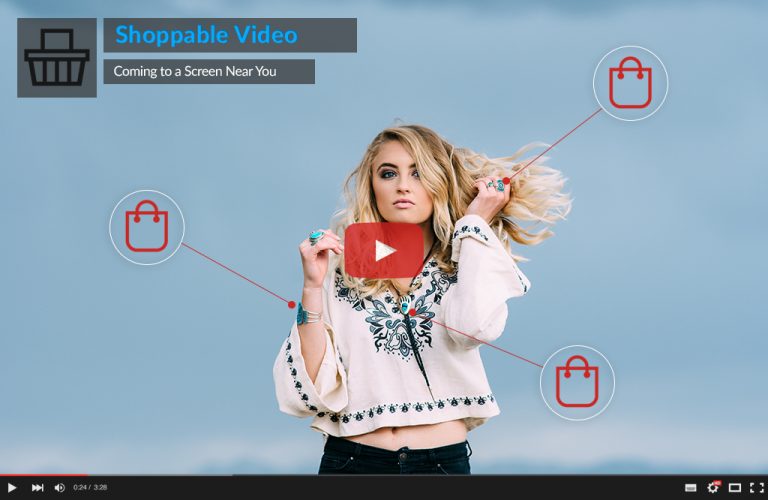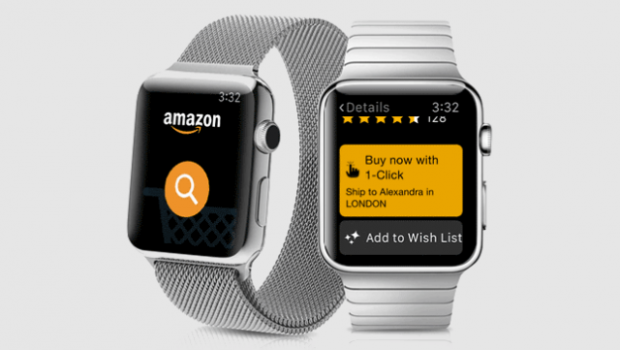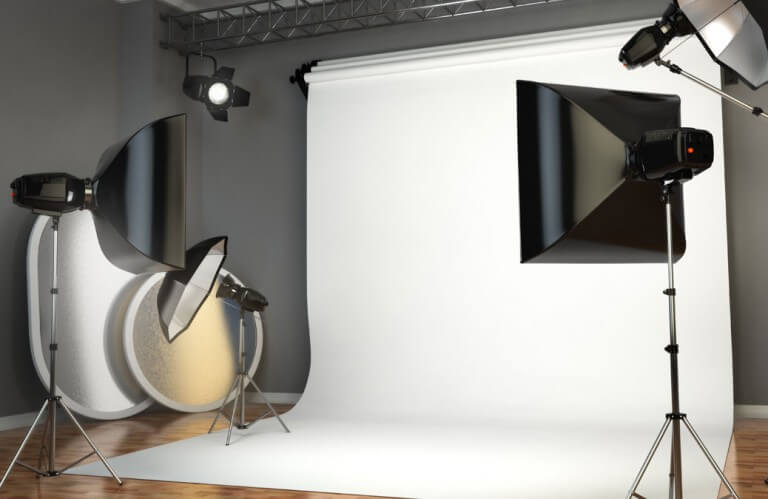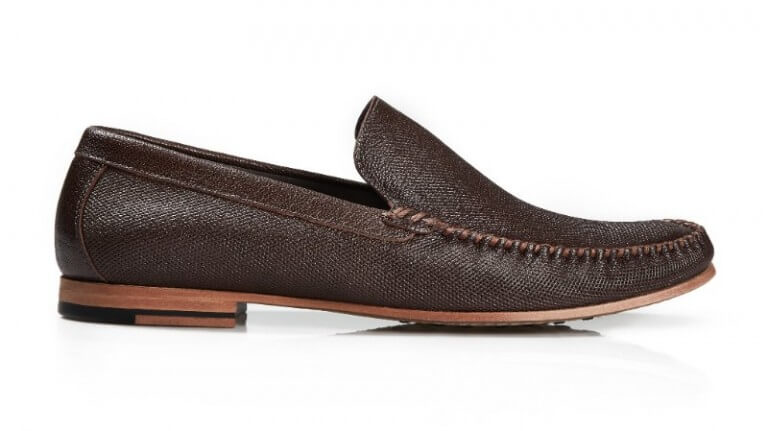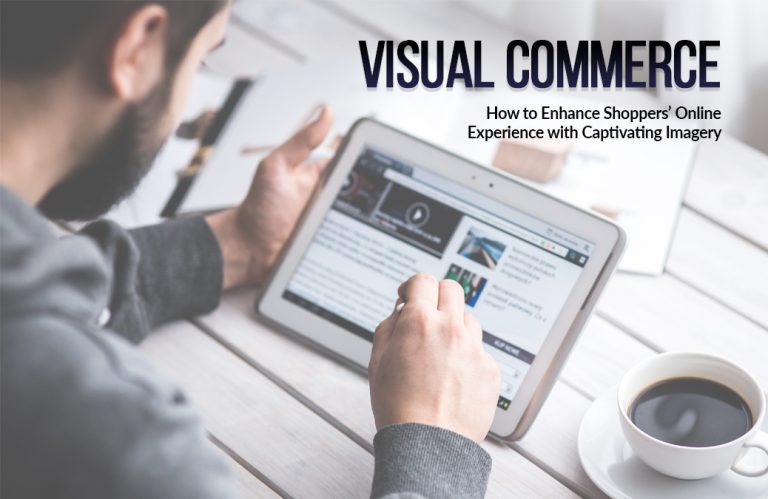

Online Shopping and the Importance of Visual Media
When considering the number of products are available online for purchase and the number of retailers competing for sales and customer loyalty, it’s obvious that a great first impression is essential. While accurate and engaging copy is important, product photos are necessary to truly capture customer attention at first glance. Research shows that visuals are the most influential factor affecting a consumer’s purchase decision.
Great images bring written product descriptions to life. Once a potential customer has arrived at your website, it means they’re interested. You now need to provide valuable, accurate information that will result in a sale. High-quality photos, 360-degree rotating images, and product videos are powerful ways to showcase your products and enhance a consumer’s online shopping experience.
Visual Commerce and Online Retail
Visual commerce is all about driving online sales by enriching the customer experience with powerful, inspirational and appealing image content. This approach continues to gain momentum among online merchants because It encourages their shoppers to engage with a brand or online retailer, forming a connection that results in sales.


To execute visual commerce effectively, it’s not sufficient enough to simply post a few photos of your product. You need to take it a step further with visual content like 360-degree views, videos, customer photos, and even a virtual try-on feature. Aspirational lifestyle and larger images create a connection with customers, helping them to visualize your product as a part of their life. Adding shoppability layers to visual content on your website allows users to click on photos that bring them directly to the product pages, creating convenient shortcuts.
Display Real Customer Photos on Your Website
A key element of visual commerce is the use of user-generated photos that show your product in use. Studies show that user-generated photos are more engaging than stock or custom photography—just look at the visual nature of social media. It’s also very easy and commonplace to take and post photos from a smartphone, which most people have handy at all times.
Photos from customers create trust and increase conversion rates. When shoppers see others using a product, they connect on a personal level and see themselves using the product. Requesting customer in-use photos and allowing photos to be added to reviews are great ways to encourage customer engagement.
Make Sure Your Visuals Work Across All Platforms
Shoppers are spending more time on smartphones than ever before, averaging five hours per day in the U.S. Usage covers a wide array of activities from texting and video calling to social media and shopping. Shoppers will often research products on their smartphone even if they end up purchasing from a laptop, desktop or in-store. The number of consumers making mobile purchases will only increase as mobile payment systems grow in popularity.


This means that the brand and product information you provide needs to be rich and accessible on all platforms. Smartphones feature smaller screens and powerful cameras that favor less written content and more visual media and visual communication.
The potential of versatile and engaging visual media for online shopping is huge. It’s important to stay on trend to compete for customers in a growing ecommerce world. Through high quality and engaging visual media, you can create a story that brings your products to life and asserts the lifestyle you want your brand to represent.


